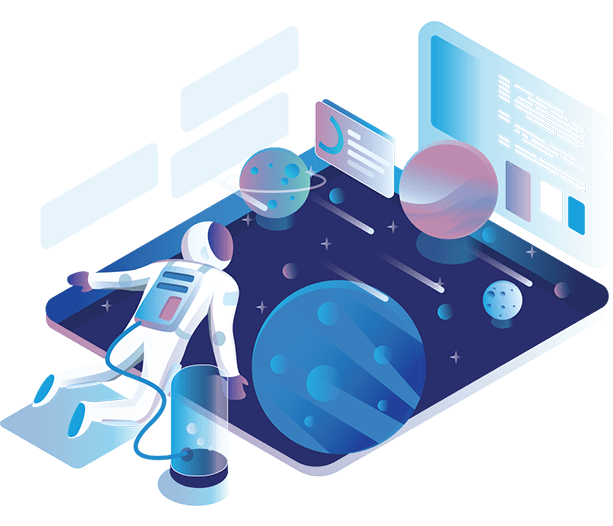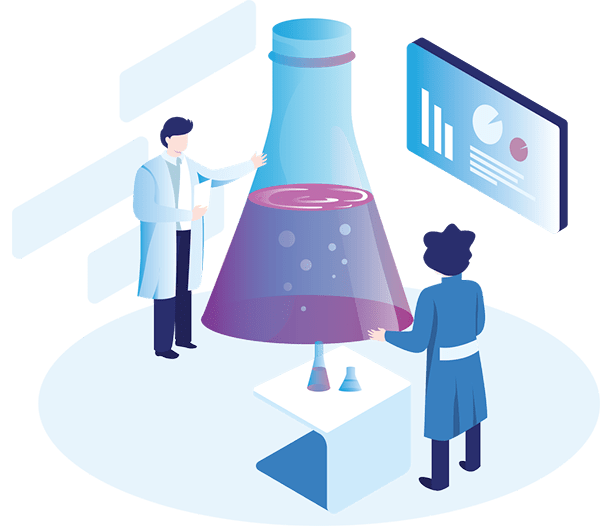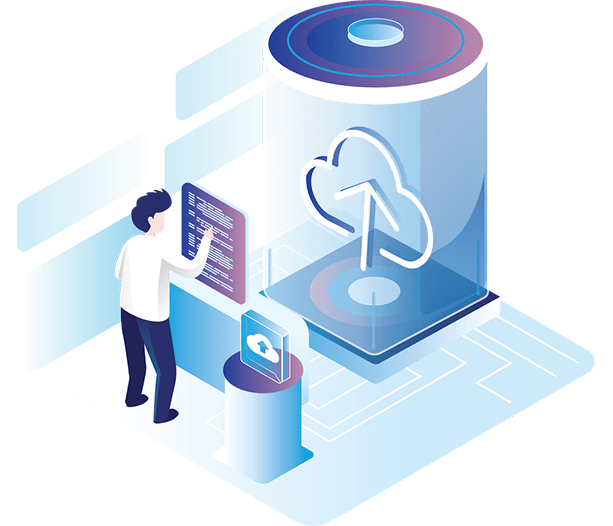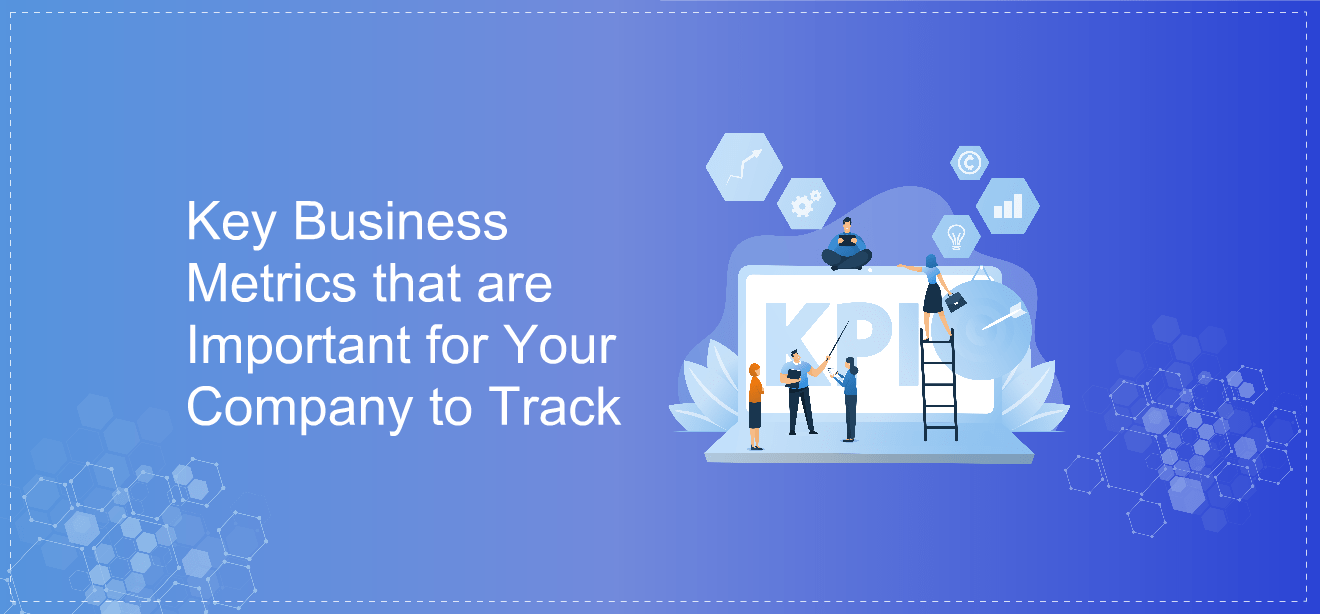
The Indian Space Research Organisation (ISRO) successfully launched the Chandrayaan-3 mission on August 22, 2023. The mission's main objective is to demonstrate a soft landing on the lunar surface and conduct scientific experiments.
AI is playing a major role in the Chandrayaan-3 mission. AI-powered systems are being used for a variety of tasks, including:
Navigation and guidance of the spacecraft:
AI-powered navigation and guidance systems are being used to help the Chandrayaan-3 spacecraft safely reach the lunar surface.
These systems use a variety of sensors to track the spacecraft's position and velocity, and they use AI algorithms to make real-time decisions about how to adjust the spacecraft's trajectory.

Image processing and Analysis:
AI is also being used to process and analyse images from the Chandrayaan-3 spacecraft. These images are used to identify potential landing sites, to monitor the spacecraft's health, and to conduct scientific experiments.
AI algorithms can automatically identify features in images, such as craters, rocks, and other objects. They can also be used to detect changes in the spacecraft's environment, such as the presence of dust or other debris.
Image processing and analysis using AI involves the application of artificial intelligence techniques to digital images for various purposes, including object recognition, image enhancement, segmentation, and more.
The process begins with acquiring digital images or video frames through cameras, sensors, or other imaging devices. These images can be in various formats, such as JPEG, PNG, or TIFF.
Before AI algorithms are applied, preprocessing steps are often performed to clean and prepare the images. This may involve tasks like noise reduction, image resizing, and color normalization to ensure consistent data quality.

Scientific data Interpretation:
AI is also being used to interpret scientific data from the Chandrayaan-3 spacecraft. This data includes information about the lunar surface, the lunar atmosphere, and the lunar environment.
AI algorithms can be used to identify patterns in the data, to make predictions about the lunar environment, and to develop new scientific theories.
Scientific data interpretation using AI involves applying artificial intelligence techniques to analyze and extract valuable insights from complex scientific datasets. AI can assist scientists in understanding patterns, relationships, and trends within data, which can be critical in various scientific disciplines.
Depending on the type of data, AI algorithms can automatically extract relevant features or attributes that represent key characteristics within the dataset. Feature extraction is essential for reducing dimensionality and improving the efficiency of subsequent analysis.

Fault detection and diagnosis:
AI is also being used to detect and diagnose faults in the Chandrayaan-3 spacecraft. This is important for ensuring the safety of the mission. AI algorithms can monitor the spacecraft's systems for signs of trouble, and they can automatically generate alerts when a fault is detected.
Fault detection and diagnosis using AI is a critical application of artificial intelligence in various industries, including manufacturing, automotive, aerospace, and more. AI systems can automatically monitor equipment, processes, or systems to detect anomalies and diagnose faults.
The first step is to collect data from sensors, monitoring devices, or other sources. This data often includes measurements, sensor readings, and operational parameters related to the equipment or system being monitored. It can be both historical and real-time data.
Raw data is preprocessed to clean, normalize, and transform it into a suitable format for analysis. This step also involves handling missing or noisy data.
Relevant features are extracted from the data to represent the behavior of the system or equipment. Feature engineering can include statistical measures, time-domain features, frequency-domain features, and more, depending on the nature of the data.

Risk mitigation:
AI is also being used to mitigate risks associated with the Chandrayaan-3 mission. This includes identifying potential hazards, developing contingency plans, and making real-time decisions to avoid or mitigate risks. AI algorithms can be used to assess the likelihood of different risks, to identify the best course of action to avoid or mitigate risks, and to make real-time decisions in response to changing conditions.
AI is playing a major role in the Chandrayaan-3 mission. AI-powered systems are helping to make the mission safer, more efficient, and more successful. The success of Chandrayaan-3 is a testament to the power of AI and its ability to transform space exploration.

In addition to the tasks mentioned above, AI is also being used for other tasks in the Chandrayaan-3 mission, such as:
Planning the mission:
AI is being used to plan the mission, including determining the best trajectory for the spacecraft, identifying potential hazards, and developing contingency plans.
Optimizing operations: AI is being used to optimize the operations of the spacecraft, such as determining the best time to take images, the best way to collect scientific data, and the best way to conserve resources.
Making decisions: AI is being used to make decisions during the mission, such as when to adjust the spacecraft's trajectory, when to take images, and when to collect scientific data.

Conclusion
AI is a powerful tool that is revolutionizing space exploration. The Chandrayaan-3 mission is just one example of how AI is being used to make space missions safer, more efficient, and more successful. As AI continues to develop, it is likely to play an even greater role in space exploration in the years to come.
Overall, AI is a powerful tool that enhances our capabilities in space exploration, making it possible to explore more of our solar system and beyond while pushing the boundaries of scientific discovery. As AI technology continues to advance, its role in space exploration is likely to become even more significant.
Recommended Articles

How is Data Science shaping the future of Modern Data Warehousing?
With evolving technologies and the growing complexity of business requirements, data has become more critical than ever. Data forms the backbone for all business decisions. In the years to come, data science will become a core factor in empowering business users and offering them greater autonomy in work by unleashing the power of modern data warehouses.
Read More

How Cloud-based Security is benefitting Data-driven Organizations?
Cloud computing is one of the trendiest new world technologies. It has already hit several milestones and is regularly shaping the way we experience technology in our world. As cloud infrastructure grows, cloud security is also becoming an important part of today’s businesses.
Read More

Key Business Metrics that are important for your Company to track
Business analytics is a combination of data mining, statistical analysis, predictive analysis, and more such fields which together help a company understand its current performance, analyze the data to get insights on it, and find ways to improve it.
Read More
Contact Us
Decision Minds
Leaders in Cloud Analytics, Multi-Cloud deployments, Business Intelligence and Digital Engineering.
Interested in doing a project with us? We would love to hear from you.
Enquiries: sales@decisionminds.com
Careers: career@decisionminds.com
42840 Christy St, Ste. 112
Fremont, CA 94538,
Phone: (408) 940-5734
Fax: (408) 709-1830, sales@decisionminds.com
1205 BMC Drive, Ste.122,
Cedar Park, TX 78613
Unit No G03, Ground Floor,
C2 Block, Brigade Tech Gardens,
Brookfield, Bengaluru,
Karnataka - 560037

